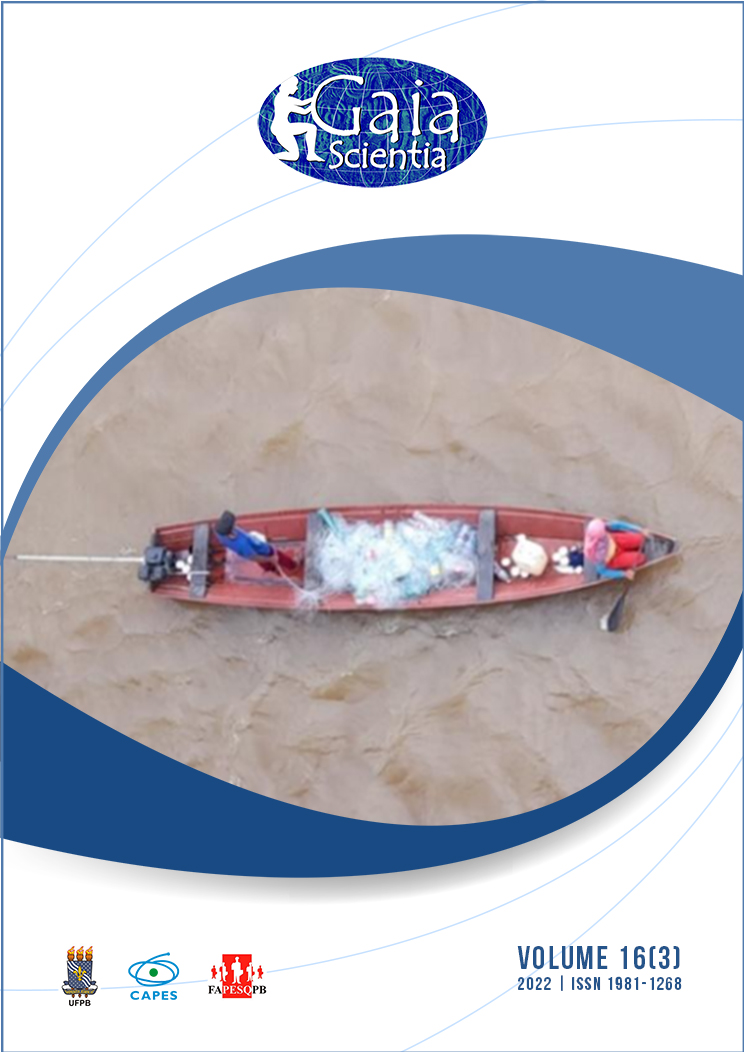Sustainability Indicators: an ecosystem look at the socio-environmental management of the Metropolitan Region of Natal (RMN) in the pandemic context
DOI:
https://doi.org/10.22478/ufpb.1981-1268.2022v16n3.64155Abstract
The pandemic caused by the SARS-CoV-2 virus caused social and environmental imbalances, especially in the most vulnerable urban regions. Understanding the relationship between the health of the population and the quality of urban environments contributes to a preventive vision and the control of epidemic outbreaks. The Metropolitan Region of Natal (MRN) is made up of municipalities with insufficient sanitation rates and a high degree of poverty, conducive to the repercussion of new pathogens. In order to contribute to the management of the impacts of this scenario, this work investigated the incidence, mortality and fatality of the SARS-CoV-2 virus and its relationship with 15 descriptors indicators of sociodemographic characteristics, basic sanitation and land occupation, through the FPSEEA model (Drivers-Pressures-Situation-Exposure-Effects-Actions). From a multivariate descriptive analysis, using the hierarchical clustering method, four clusters associated with Environmental Health were generated. Statistical techniques indicated the relationship between the lack of infrastructure in environmental sanitation and high coverage for agriculture in the first two groups (Cluster 1 and 2), while in the more urbanized groups (Cluster 3 and 4), a pattern was observed that concentrated the greatest consequences of the various urban processes that influenced the environmental and human health of the MRN.










